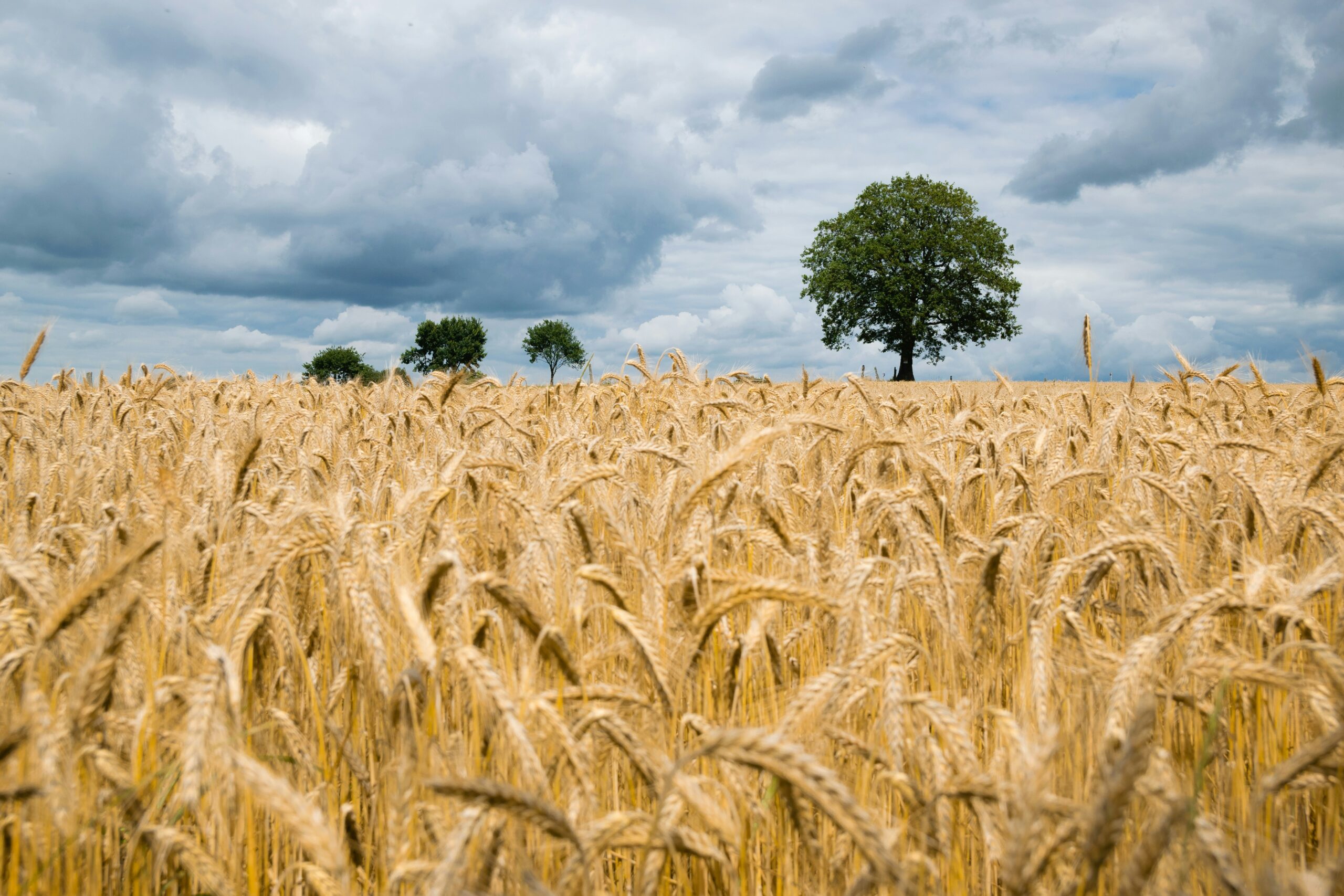
India, a prominent player in the global tea market, faced a significant decrease in both its tea shipments and export revenues throughout the April-October duration. Various factors, including decreased prices and obstacles encountered in traditional markets such as Russia and Iran, contributed to this decline. Recent statistics released by the commerce ministry illustrated a conspicuous downturn in India’s tea exports. During the April-October period, the country’s tea exports totaled $463.58 million, marking a considerable drop from the $482.78 million reported in the corresponding period of the previous year.
During the January-August 2023 period, India’s tea exports amounted to 133.32 million kg, indicating a decrease of 4.22% compared to the previous year, as per the accessible data. Meanwhile, Sri Lanka, a notable contender in the tea sector, shipped 211.91 million kg of tea between January and October 2023, displaying a 5.6% decline from the same period in the prior year. However, specific volume figures for India during January-October were unavailable. At present, China leads globally as the top tea exporter, followed by Sri Lanka, Kenya, and India.
The economic crisis in Sri Lanka since 2019, compounded by a deepening situation in 2022, had an adverse impact on the country’s tea production. However, support from the International Monetary Fund and several nations, including India, has aimed to revitalise Sri Lanka’s economy, notably its tea industry. Projections by rating agency Crisil anticipate an 8% revenue decline in India’s tea industry for this fiscal year. During FY23, India’s tea exports amounted to $817.54 million.
Crisil’s September report on the Indian tea industry highlighted that while domestic demand, accounting for 82% of sales volume, is anticipated to remain stable at 1,100 million kg this fiscal year, exports, constituting 18% by volume and 30% by value, may witness a 12% year-on-year decline to approximately 200 million kg. The previous fiscal year witnessed a 14% increase in export volume, largely due to decreased production in Sri Lanka.
Moving forward, the expected surge in Sri Lankan tea supply might impact demand for Indian tea as their production is poised for recovery due to improved availability of fertilisers and pesticides, as indicated in the report.
Post the Sri Lankan economic crisis, Indian tea exporters have been exploring new markets while reinforcing their positions in traditional markets such as Iran and Russia. However, challenges persist regarding alternative payment mechanisms for trade with Russia and Iran due to prevailing sanctions.
Arpita Mukherjee, a trade expert and Professor at the Indian Council for Research on International Economic Relations (ICRIER), emphasised the influence of changing consumer preferences and market dynamics on tea sales. She observed that the increased availability of Chinese green and white tea in the market is affecting the demand for orthodox tea. Moreover, Mukherjee highlighted the rising popularity of different tea varieties such as green tea, white tea, ginger tea, tulsi tea, and others. These teas contain components of various commodities, contributing to evolving consumption patterns in the tea industry.



































